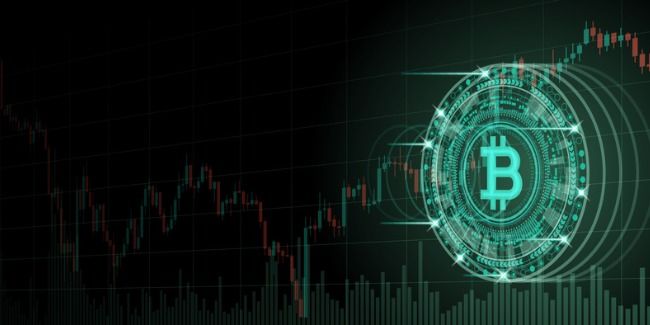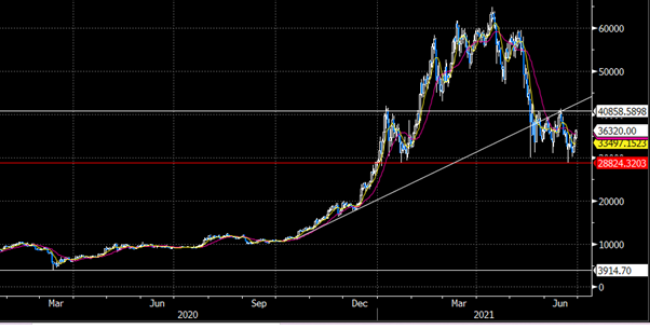
One thing is certain, distributed ledger technology is revolutionary. The latest platforms allow near real time transactions in strict privacy using smart contracts, reducing transaction and record keeping costs, and streamlining business operations.
They enable transaction certainty, increased security, scalability and appropriate controls. In fact, imminent upgrades to Ethereum (the second largest cryptocurrency) will even reduce electricity consumption by 99% and increase its scalability to 100,000 transactions per second.
The financial sector is rapidly adopting DLT for processes such as payment systems, secondary market trading, clearing and processing settlement, trade finance and supply chain, and information sharing such as KYC data. All built on enterprise blockchain platforms such as Quorum and R3 Corda.

However, the other side of these revolutionary technologies are the cryptocurrencies. The digital currencies used in the transactions that are confirmed on the digital ledgers.
Here we have seen somewhat irrational trading behaviors where aggressive retail traders using leverage of up to 125x on offshore exchanges have desperately purchased any and every crypto currency with near zero due diligence.
But in the last 4 weeks crypto currencies have sold off hard with even Bitcoin falling 55% from a record high price of $64,869 on 14th April 2021 to $28,824 on 21st June with nearly $2 billion wiped off the market capitalization of crypto assets.

Bitcoin daily chart with key support at $28,824 (Source Bloomberg)
The market desperately needs regulation. Crypto exchanges are rife with unethical trading practices such as front running and spoofing (which are illegal in other asset markets), offshore exchanges with zero AML and KYC checks are reputedly rife with illegal transactions, money laundering and terrorism financing.
The last month the stable coin Tether (3rd largest crypto) has finally admitted that its currency is not 100% backed by U.S. dollars but only 2.9% backed. It claims the remaining 97.1% is backed by other assets such as commercial paper but this cannot be confirmed as it refuses audits. Even senior Federal Reserve member Eric Rosengren called it a ‘challenge’ to financial stability on 25th June 2021.
In fact, the last month has seen a raft of bad news for crypto currencies with several countries, including China, banning Bitcoin mining and crypto trading.
Even in the last week four crypto currencies have collapsed to $0 inclined Titan and Safecoin and on the 27th of June the UK regulator the Financial Conduct Authority (FCA) banned Binance companies from operating in the UK. Now UK citizens are unable to withdraw their assets from the platform.

Clearly crypto currencies and DLT are revolutionary technologies but hindered by lack of regulation and irrational investor behavior.
Traders need to trade and invest with discipline rather than using a ‘buy and hold’ strategy (HODLing) that suffers catastrophic losses when markets fall 55%, especially when using leverage.
Using simple trade entry strategies, disciplined stop losses, effective position sizing techniques and eradicating human emotion (behavioral finance) traders can more consistently profit from both uptrends and down trends in asset markets.






